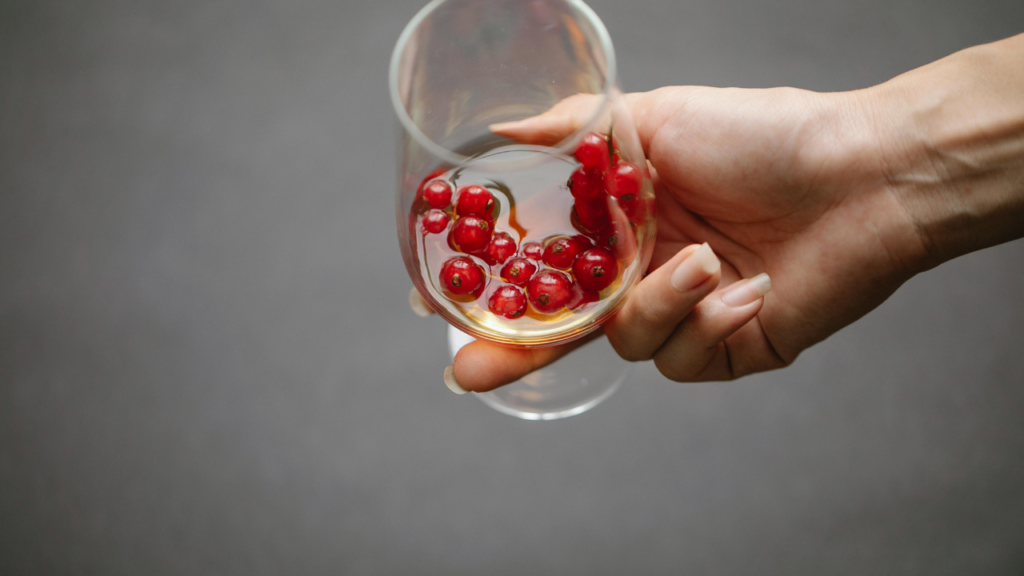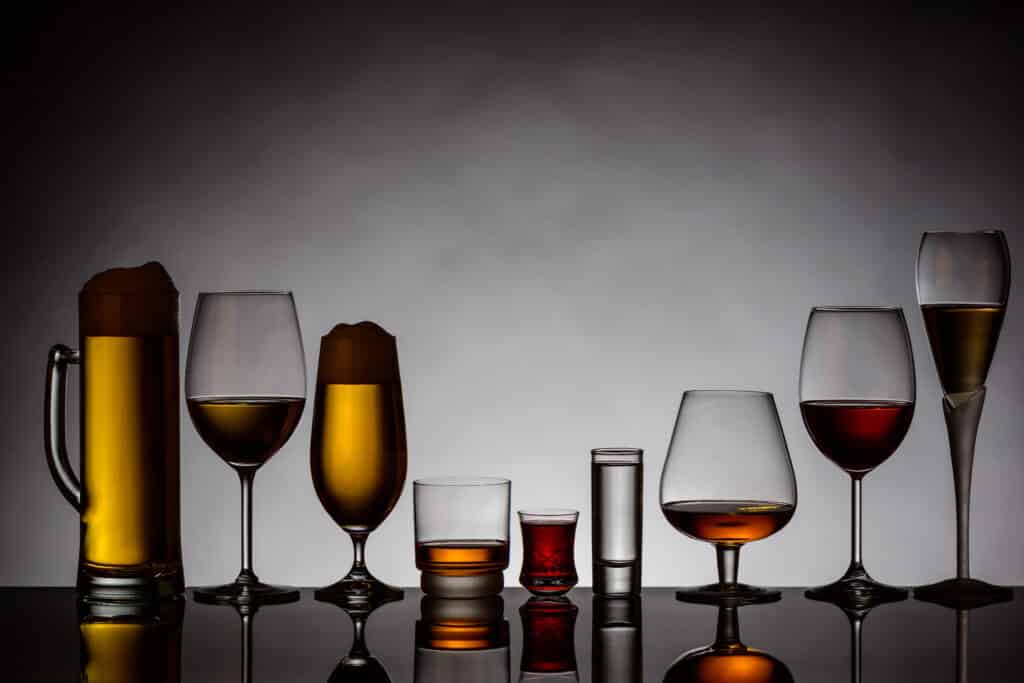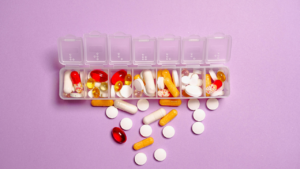If your drinking swings between “I’m fine” and “that went too far,” you already know alcohol doesn’t need to be daily to be a problem. Binge patterns and heavy use punch above their weight: blood-pressure spikes, 3 a.m. wake-ups, next-day dread, friction at home, risky decisions you wouldn’t make sober. The question isn’t whether alcohol takes a toll, it’s how fast things get better when you stop. The honest answer is that it happens faster than most people think, and more deeply than you might hope, provided you quit safely and get real support.
First, About Safety
Heavy, daily, or long-term use can make withdrawal medically risky. Shakes, sweats, anxiety, and insomnia are common; seizures and delirium tremens are rare but dangerous. If you’ve ever needed a drink to steady yourself in the morning, had withdrawal symptoms before, or have other medical issues, don’t white-knuckle it. Medical detox exists for a reason. If you’re unsure where you land, call (330) 919-9228. A short conversation can keep you safe.
Week 1 Without Alcohol
The first seventy-two hours can feel like your nervous system is riding the brakes and the gas at the same time. Heart rate may run fast, sleep can fragment, and mood is jumpy. With medical support, those symptoms are managed and monitored. Then something subtle happens: by day four or five, your body starts to remember how to regulate itself without alcohol. Appetite steadies. The morning fog lifts earlier. Your brain gets the first hint that the cycle is breaking.
Weeks 2 to 4 Without Alcohol
By the second week, the measurable stuff begins to shift. Blood pressure trends down. Liver enzymes that were quietly elevated start marching toward normal. The mirror offers kinder feedback, meaning less facial puffiness, clearer skin, fewer under-eye shadows. Sleep is still a work in progress. You’re also noticing the absence of something: no emergency apologies, no detective work about what you said, no “do I have to fix this?” text threads. The relief is physical and social at the same time.

Months 2 to 3 Without Alcohol
Alcohol is a short-term sedative that taxes the very systems that keep you steady: memory, focus, planning, impulse control. Give those circuits a few months without the chemical headwind and they begin to re-wire. You notice it when small frictions get easier: the email you used to dread is just an email; you remember the errand without a reminder; your temper has a longer fuse. Sleep architecture normalizes—fewer jolts awake, more restorative cycles—which is why mood evens out. People around you see it first.
For anyone prone to alcohol-triggered atrial fibrillation, this is also when the heart becomes less touchy. Fewer palpitations, fewer surprises. It’s the predictable result of removing a known irritant to electrical rhythm.
Months 4 to 6 Without Alcohol
By spring (or whichever season you’re in by now), alcohol is no longer the reference point for every plan. Calories you used to drink aren’t showing up on your waistline. Work is more consistent because the floor under your energy is higher. If the liver was inflamed, the inflammation has cooled; if there was early scarring, the trend can move in the right direction. You feel it as stamina: workouts you used to abandon halfway now finish themselves. The absence of hangovers adds good days to the calendar that you couldn’t access before.
Months 7 to 12 Without Alcohol
What you’ve built by now is momentum. The cardiovascular system likes the lower blood pressure and steadier heart rhythm, and it rewards you with fewer headaches, less afternoon crash, and a calmer resting pulse. Mood has a longer coastline. Relationships benefit because reliability is back. This might mean showing up when you said you would, remembering what you promised, being present in the room you’re in. If alcohol had nudged your career sideways, a year off is long enough to feel your reputation recalibrate.
The liver, which forgave a lot for a long time, repays the favor. Fatty change often clears in the early months and stays gone; enzymes remain stable; stiffness scores can improve. Even where damage has been significant, the outlook with sustained abstinence is better than people think.
“I only binge drink alcohol. Do I still gain anything by stopping?”
Yes. Binge drinking is acutely risky even when the calendar between binges looks clean. The year without alcohol removes the boomerang effects: blood-pressure spikes, arrhythmias in susceptible people, injuries, and the mental hangover of shame or anxiety that follows high-intensity nights. A quiet, uneventful Saturday is a health outcome. So is getting home on time and remembering the conversations that made the night good.
Weight, Metabolism, and the Mirror Test
Seven calories per gram add up quickly, but weight change from quitting alcohol isn’t just about math. Alcohol primes late-night eating, disturbs hormones that regulate appetite, and steals sleep, which is the exact combination that sabotages metabolism. Without it, cravings are easier to ride out, workouts feel doable, and you’re not constantly negotiating with fatigue. The mirror confirms what the lab work says: less bloat, clearer skin tone, more consistent energy in your face and posture.
Mental Health and the Long Tail
A lot of people stop drinking and expect happiness to flood in like a movie ending. What they actually get is steadiness first, then meaning. Anxiety eases because sleep improves and because there’s less to be anxious about. Depression lifts for many—though not everyone—and therapy becomes more effective when it isn’t competing with a depressant. If you hit stretches of flatness or irritability months in, that doesn’t mean you’re broken; it means your brain is finishing a long remodel. Keep going. Use the tools.
Life Without Alcohol the Smart Way
White-knuckling is a plan, but it’s not a good one. The people who thrive long-term treat this like any other serious health change: medical oversight when it’s warranted; a structured plan (detox, residential/PHP/IOP, outpatient/aftercare) when the pattern has real roots; evidence-based therapy for the why behind the what; and, when appropriate, medication-assisted treatment to reduce cravings and protect progress. Community matters too. Whether that’s mutual-help groups, recovery coaching, or a couple of friends who will answer a 10 p.m. text, accountability beats willpower every time.
If that sounds like overkill, consider the upside: one solid year without alcohol changes your labs, your sleep, your relationships, your memory of yourself. That’s not overkill. That’s you getting your life back with interest.
How The Bluffs Can Help
If you’re reading this because you’ve decided the next year should be different, we can make that practical. We start with safety then tailor the level of care to your life and risk profile. We treat co-occurring mental health conditions (because drinking rarely travels alone) and we build a relapse-prevention plan that survives the real world: holidays, stress, celebrations, and the “just one won’t hurt” myth.
When you’re ready, call (330) 919-9228, check your benefits here, or message us here. If you’d rather read more first, explore Detox, Residential Treatment, and Dual Diagnosis Care.








